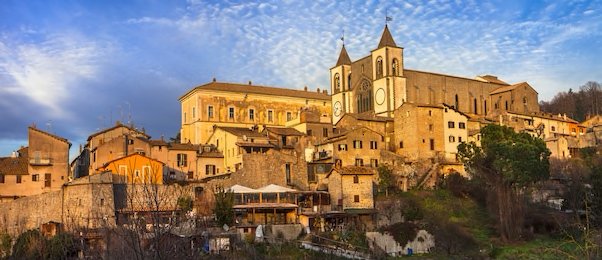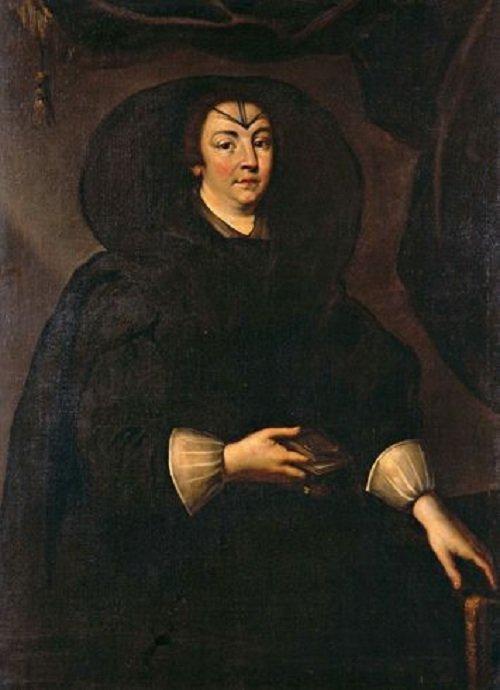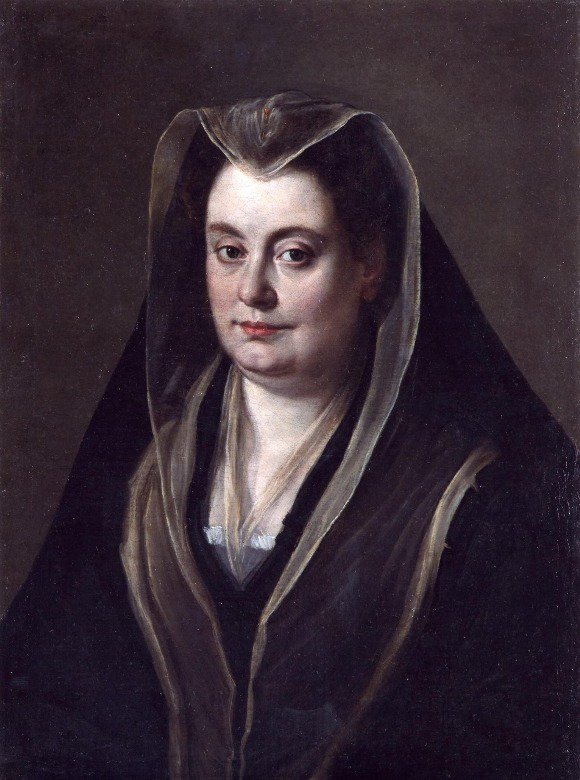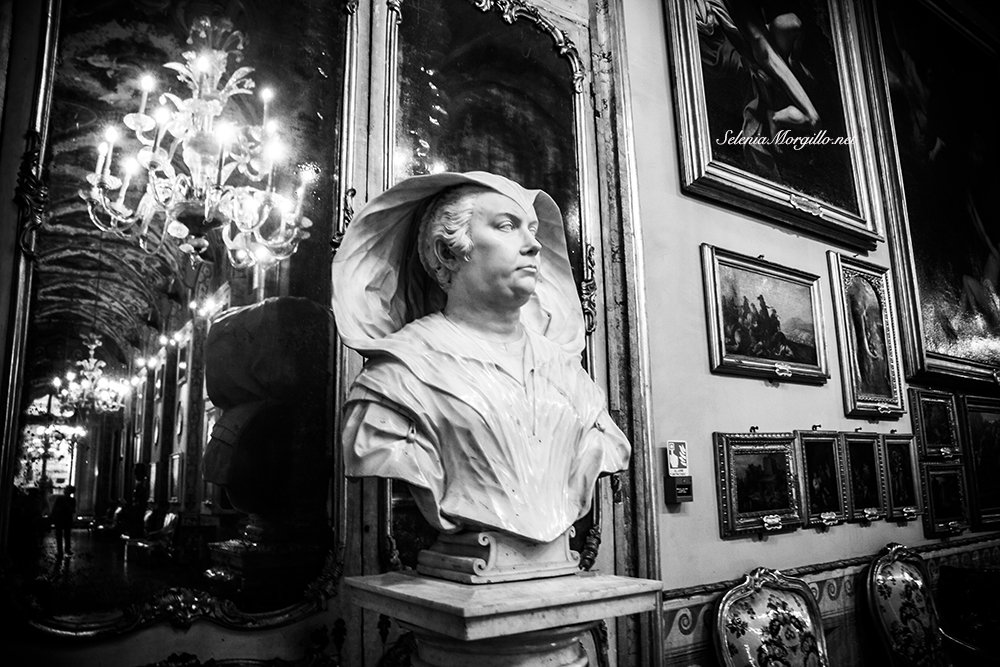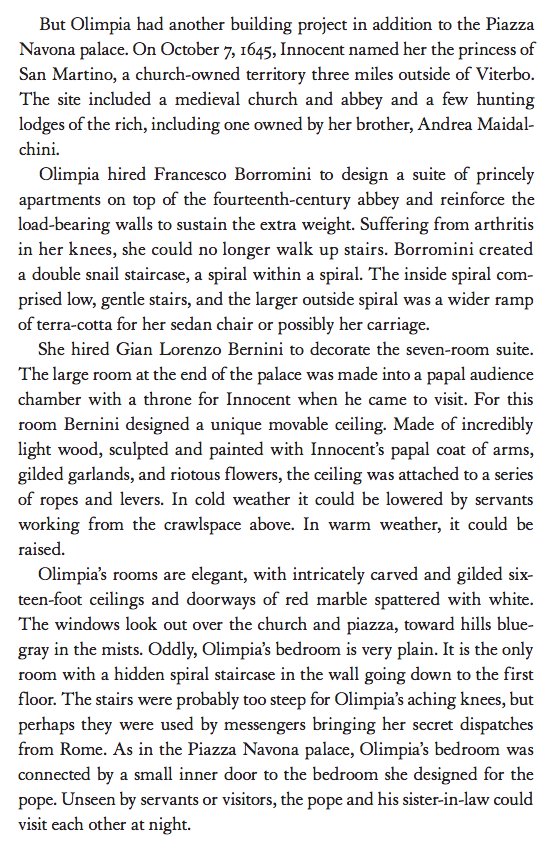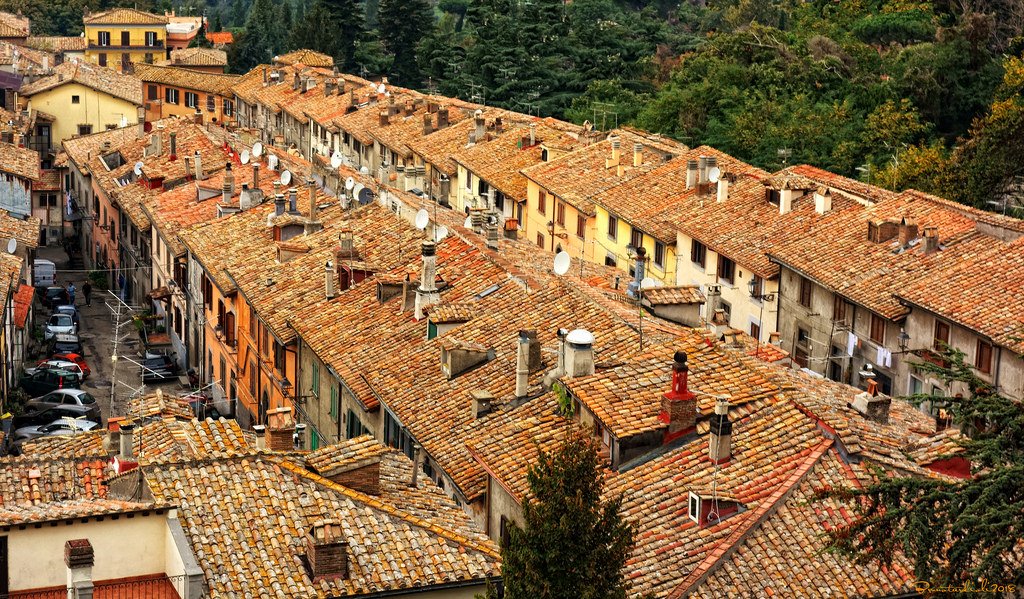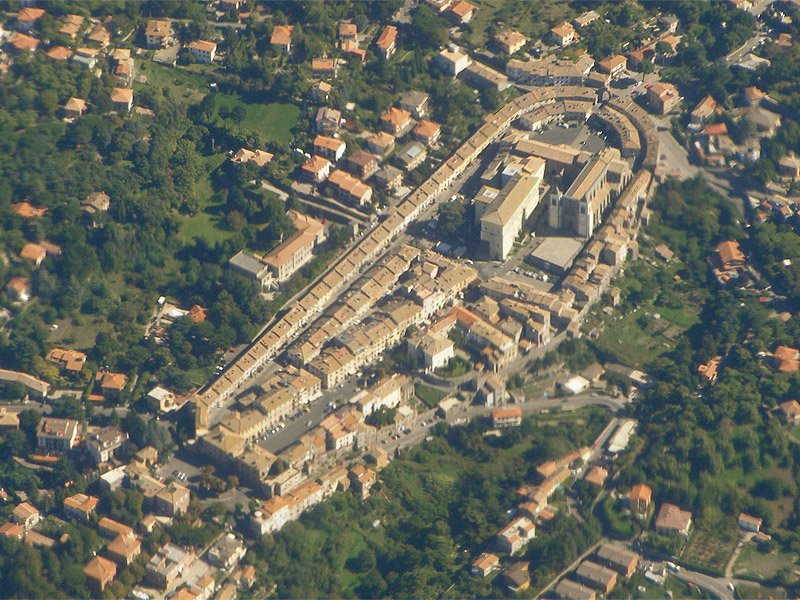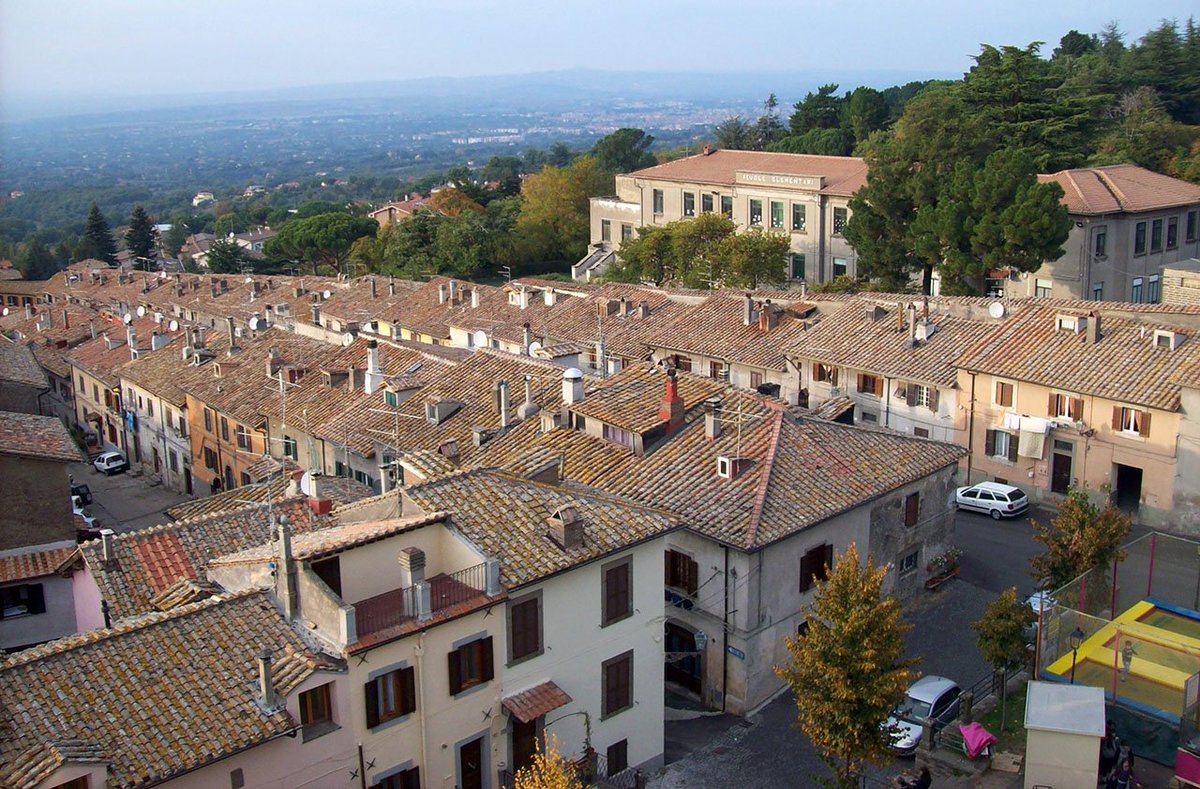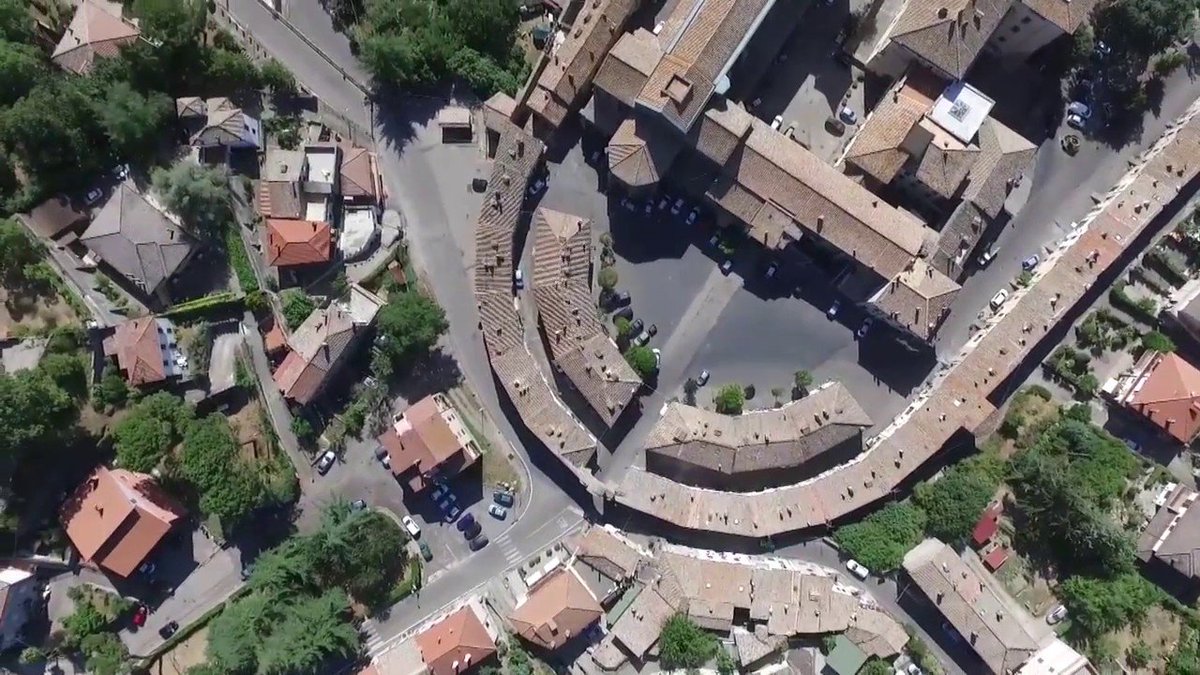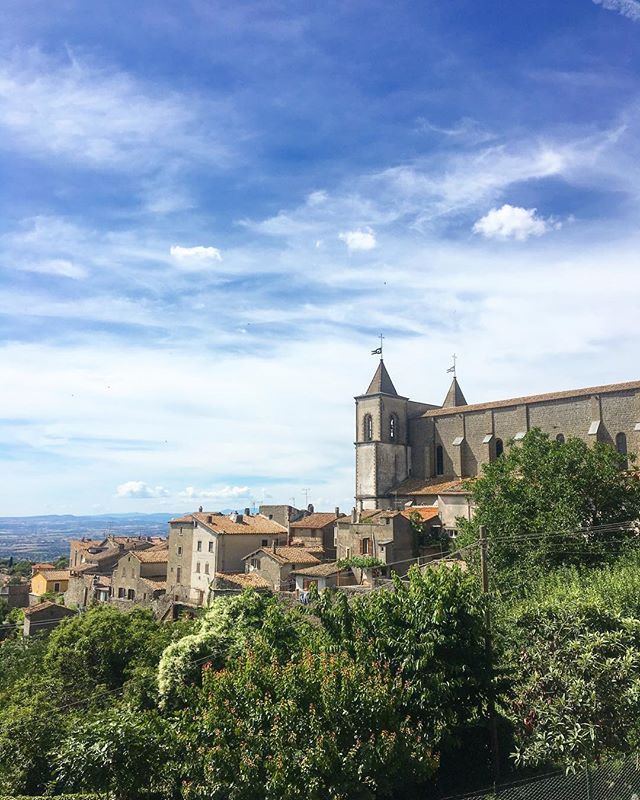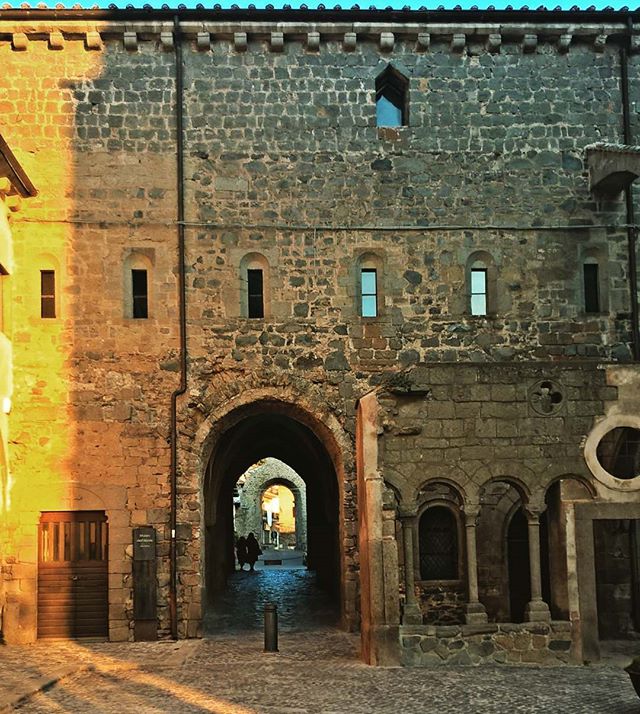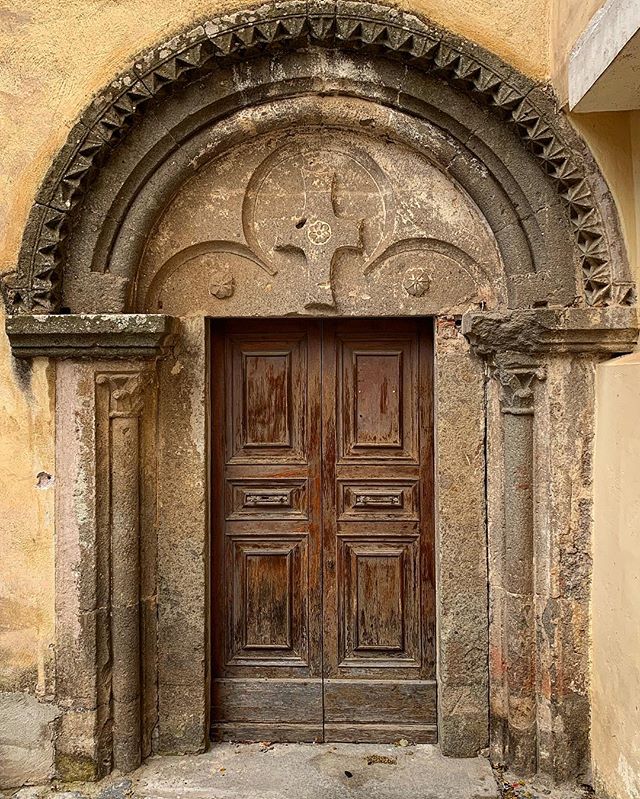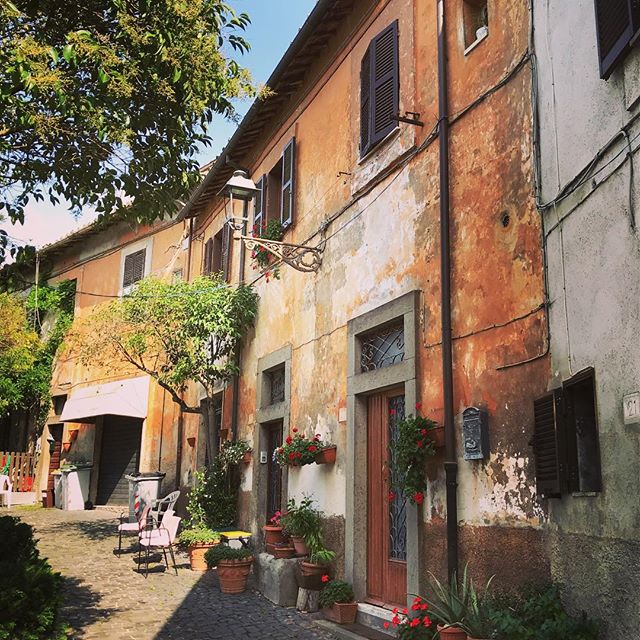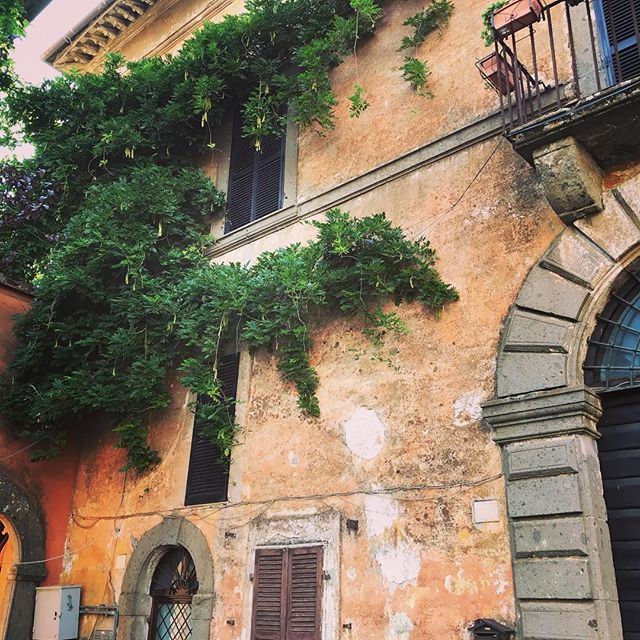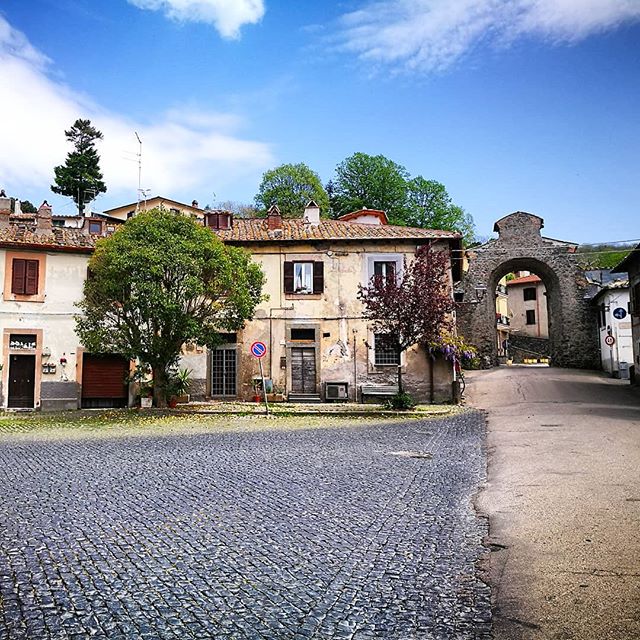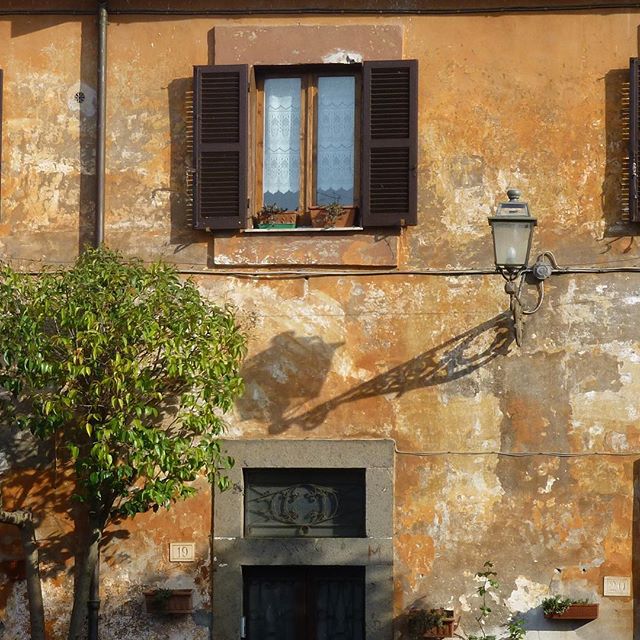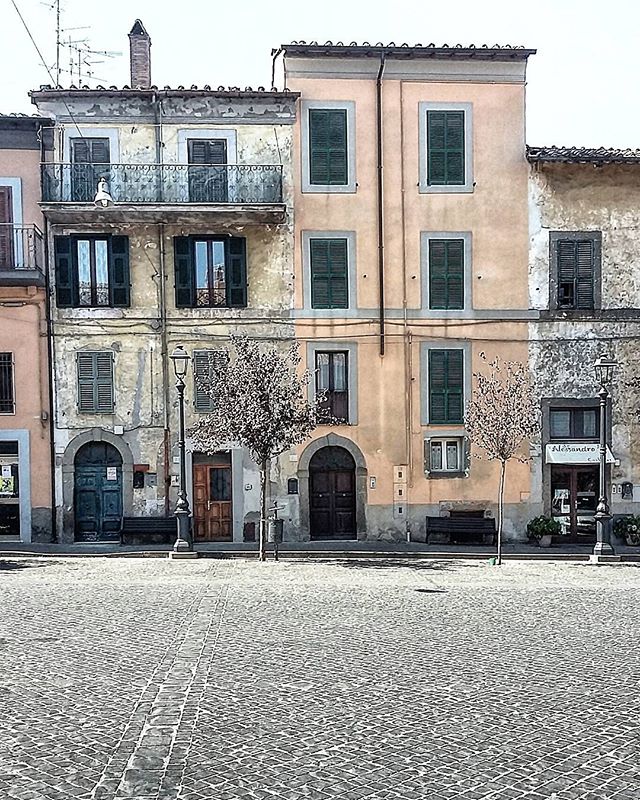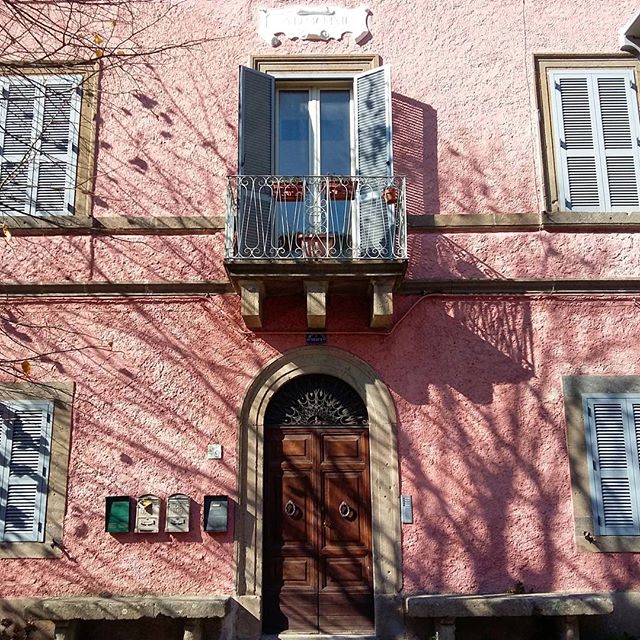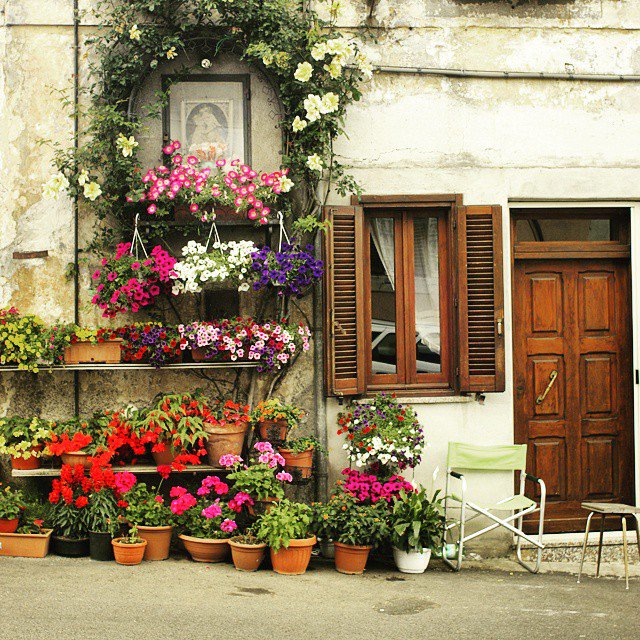San Martino al Cimino in Italy is an unusual 17th c. meticulously planned Baroque town. It was built around an early 13th c. Cistercian abbey, in 1645 on the orders of the most powerful woman in Italy, Donna Olimpia Maidalchini (1591-1657).
D. Olimpia was born to a noble but not rich tax collector. At 15 she was forced by her father into a jesuit convent, despite it being illegal to force anyone against their own will. The affair was made public, and those involved heavily punished, including her own father.
Her life seemed ruined, but she was a clever girl and at 17 she had wooed and married the richest man in town, a young and handsome heir who broke all convention and married her with a dowry that was scandalously low. The dowry bit is important, as we will find out.
Her second marriage made her the sister-in-law of Pope Innocent X, and we return to San Martino al Cimino (just a few kilometers from her home town of Viterbo) when she is named princess of San Martino in 1645 and decides to build a palace of her own. As told by Eleanor Herman:
Olimpia offered the workers who built her palace to build their own houses next to hers, as part payment for their work. The houses were laid out along two streets in a town that was encircled by a wall and had two gates connecting it to the world.
The town had all the necessary structures for daily life, houses, public facilities such as wash houses, ovens, slaughterhouses, shops. There was also a space for entertainment, used as an open-air theater.
To populate the town she asked her workmen to marry local girls, on the condition that they would stay. Olimpia offered to pay the girl's dowry for them, in the form of the houses she had built.
Today the town of San Martino has about 2500 inhabitants, many of them direct descendants of the dowryless girls and workmen who built it 374 years ago.
San Martino al Cimino is a good model to study for how to create a viable and demonstrably sustainable community. In this case it was a an enlightened noble woman, but there is no reasons a town council or well off local businessman would not be able to create something similar.
Build for the ages. The workmanship of unnamed 13th century stonemasons, carpenters, plasterers, dyers, smiths, glass blowers, tillers, charcoal makers, lime makers... #GoodUrbanism
Build so that the locals can maintain and sustain their own homes, generation after generation. The work of 17th century craftsmen lives on, and their descendants remain in the town they created. #GoodUrbanism #BuiltByHand
Let the city be a city and the countryside only countryside. Gates are holy and good fences make good neighbors. #GoodUrbanism in one of the two gates of San Martino al Cimino.
San Martino al Cimino from above. #GoodUrbanism
Townhouses are the natural form of living in human scaled towns and cities. They have stood the test of time as well. For thousands of years townhouses has ensured stability and sustainability. That we no longer build these is proof of modern disurbanism. #GoodUrbanism
The original green building is espaliered fruit trees and vertical gardens. #GoodUrbanism means letting small private gardens on the streets rather than building many expensive public parks.
We think we have made progress with our parks and urban green spaces, but our ancestors had lush courtyards, back gardens, espaliered trees and most important of all, the open country starting just outside the town gates. #GoodUrbanism means not letting urban sprawl suffocate us.

 Read on Twitter
Read on Twitter